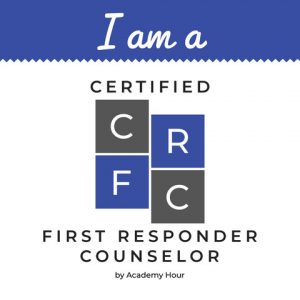As a leader, it’s important to be compassionate, empathetic, and attuned to the needs of your team. However, there’s difference between being supportive and being codependent. Codependent leadership can be damaging to both the leader and their team. Fortunately, with the right approach, codependency can be managed and overcome. In this post, we’ll discuss three steps to help you move from people pleaser to empowered leader.
Understand what codependency is – and isn’t
First, it’s essential to understand what codependency is – and what it isn’t. Codependency isn’t a personality style, but rather a learned behavior that can stem from painful childhood experiences. It’s characterized by an excessive focus on the needs of others, to the point of neglecting one’s own needs. Codependent individuals often seek validation and approval from others, leading to a pattern of people-pleasing behavior. If this resonates with your experience, you can acknowledge codependency with a bit of gratitude, no – really, as it likely served to keep you safe in those early relationships.
It is also important to note that codependency is not a character flaw or a permanent state. It can be managed and overcome with the right tools and support. Recognizing that codependency is a learned behavior, rather than an inherent trait, can be a helpful starting point for recovery.
Develop emotional regulation skills
Breaking free from codependency requires emotional regulation skills. It’s not easy to make changes when you’re recovering from codependency. Holding healthy boundaries and honoring the experience of someone who might be upset with you without trying to “fix” it can create significant anxiety and distress, which deserves to be validated and managed. Noting feelings by using the Feelings Wheel is a great start. Working with an informed counselor or coach can also help you develop these skills.
Emotional awareness can help you recognize when you’re slipping into codependent behavior patterns, and take steps to address them. Techniques such as mindfulness, meditation, and deep breathing can be helpful tools in managing emotions and reducing anxiety so that you can stay the course when the going gets tough.
Look for some “lower-stakes” opportunities to notice and reframe codependency
When recovering from codependency, it can be helpful to start with lower-stakes situations. For example, you might notice yourself slipping into people-pleasing behavior in social situations, such as agreeing to attend events you don’t want to attend. Start by practicing saying “no” in these lower-stakes situations. This can help build your confidence in setting boundaries and having challenging conversations when it matters most.
Recovery from codependency takes time, effort, and self-compassion to overcome well-worn patterns. Celebrate the small victories along the way, and seek support when you need it.
Seek support from a licensed counselor if needed
If codependency is coming from a place of trauma, abuse, neglect, or lack of boundaries in your early relationships, it may be helpful to talk with a licensed counselor. They can help you process past experiences, identify patterns, and develop coping strategies. If you’re based in Georgia or Florida, I invite you to reach out. In addition to coaching, I’m an LPC and work with clients who are recovering from codependency.
Overcoming codependency in leadership requires a willingness to recognize and address patterns of people-pleasing behavior. By developing emotional regulation skills, practicing setting boundaries, and seeking support when needed, you can move from being a people pleaser to an empowered leader.


